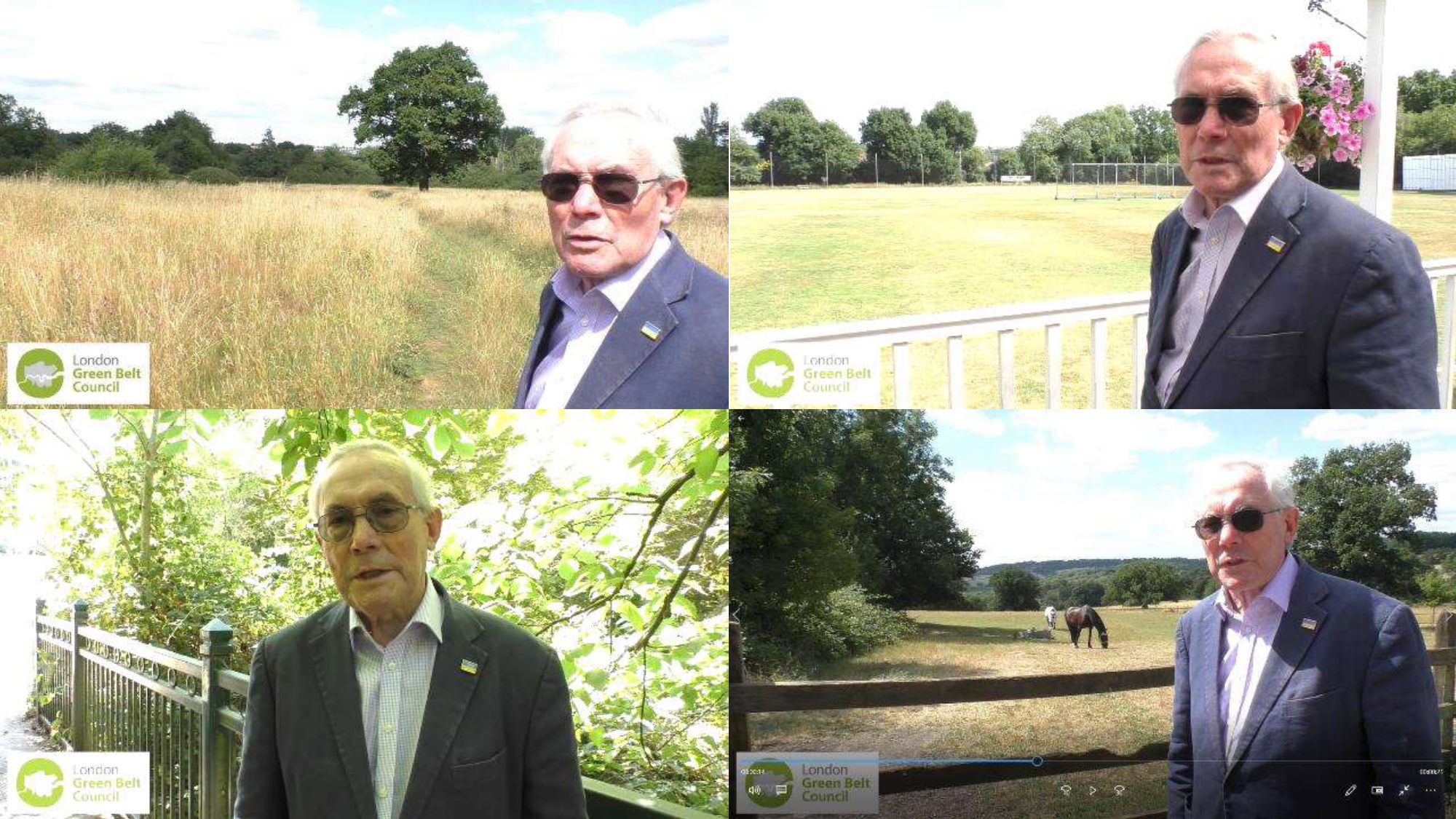

These are critical times for London’s Green Belt. But Barnet still has many open spaces where the illusion of countryside is remarkably unspoiled. Eight of them – all in Totteridge or Mill Hill – are on new videos that you can view on the website of the London Green Belt Council (LGBC).
That they survive at all is partly thanks to the Barnet Society’s efforts over eight decades. In 1945 it was founded to save the fields around Chipping Barnet from being built over for 40,000 houses. We’re longstanding members of the LGBC, which helps us fight inappropriate developments in the Green Belt – often (though not always) successfully.
In these crucial days when Liz Truss and her new cabinet have yet to confirm their policies towards the Green Belt and house-building targets, the LGBC needs to get its messages across more effectively. It has around 100 member organisations, but needs more members and a higher profile.
The videos are intended to raise the awareness of the public and government and recruit new supporters. In them, LGBC Chair Richard Knox-Johnston explains why retaining the Metropolitan Green Belt is so vital now for the health of both the environment and each of us. He speaks with enthusiasm and authority reminiscent of Richard Attenborough.
In Richard’s introductory clip, he says that his passion for the subject was ignited half a century ago when, as a young Bromley councillor, he represented a ward that was largely Green Belt. In the subsequent clips, he identifies key reasons for its protection:
- Safeguarding our mental health
- Stopping urban sprawl
- Securing food supply
- Providing opportunities for leisure, recreation and sports
- Enhancing biodiversity
He concludes by demolishing the fallacy that new housing in the Green Belt is affordable.
Richard’s messages are especially urgent today, when local councils in London and the Home Counties are currently planning to allow building on more than 48,000 acres of the Green Belt, according to a major new report by the London Green Belt Council (LGBC). ‘Safe Under Us’?. That’s huge: the equivalent of the combined area of the London Boroughs of Barnet, Camden and Enfield – or 60 Hampstead Heaths. You can read about the threat here.
The Green Belt is not referred to in the government’s Levelling-up and Regeneration Bill (LURB), which is working its way through Parliament. Although it’s theoretically protected by national and local government policies, ‘Safe Under Us’? shows how ineffective they are. There are also frustrating inconsistencies between government and council policies and decisions made by the Planning Inspectorate about new developments. The LURB is our best hope of bringing coherence to the planning system and reinforcing protection of the Green Belt – but it has worrying flaws and omissions that the Society, LGBC and our MP Theresa Villiers are lobbying to remove.
Enjoy the view video clips of Barnet’s eight lovely Green Belt locations without leaving your home – but even better, make the effort (if you are able) to walk them yourself!
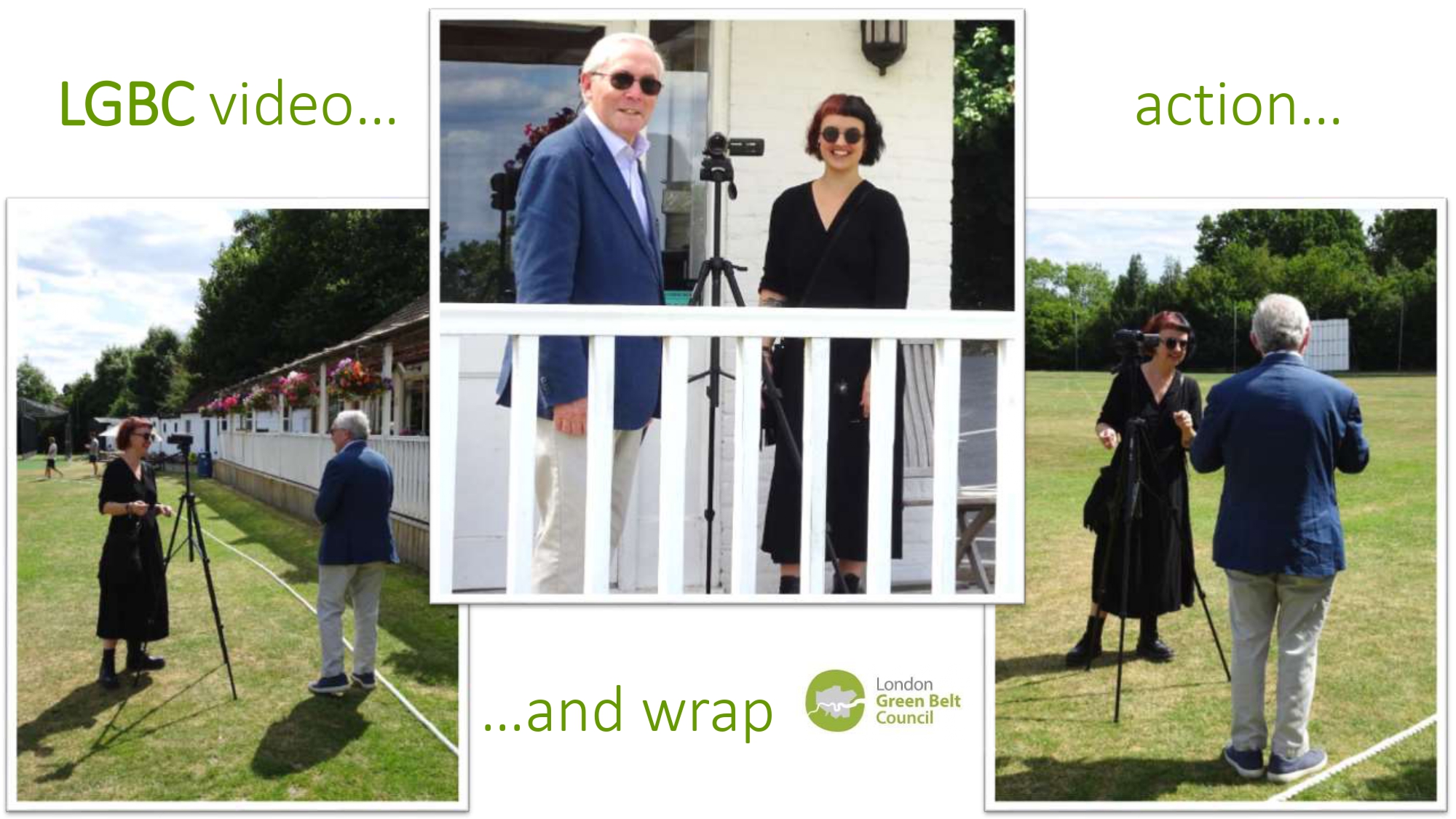
The filming went like a midsummer dream. On a perfect day (before the worst of last summer’s heatwave) I drove our small crew around the locations. Richard spoke unscripted and needed very few retakes. The videos were shot, recorded and edited most professionally by Jayd Kent of Simply Graphics.
And we found time for a nice lunch at Finchley Nurseries – in Barnet’s Green Belt, naturally.

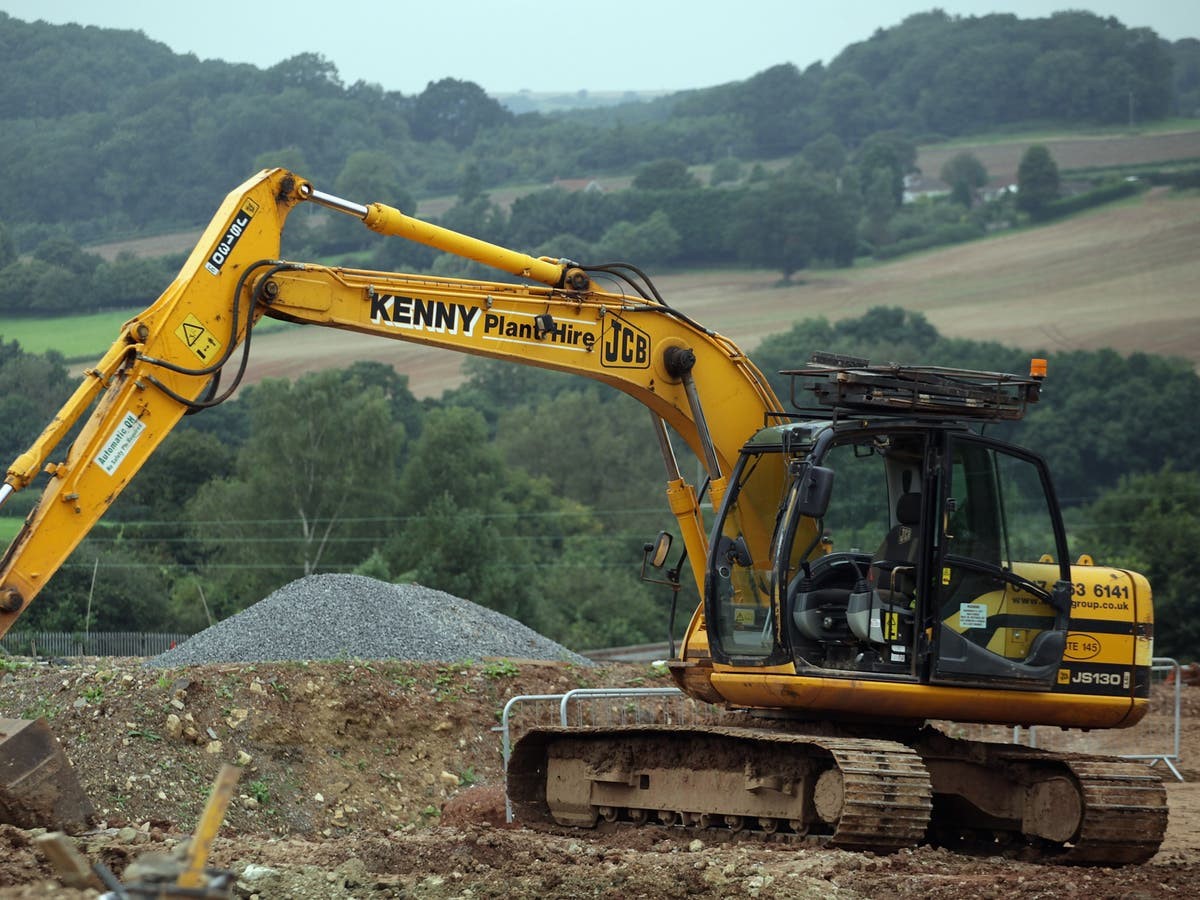
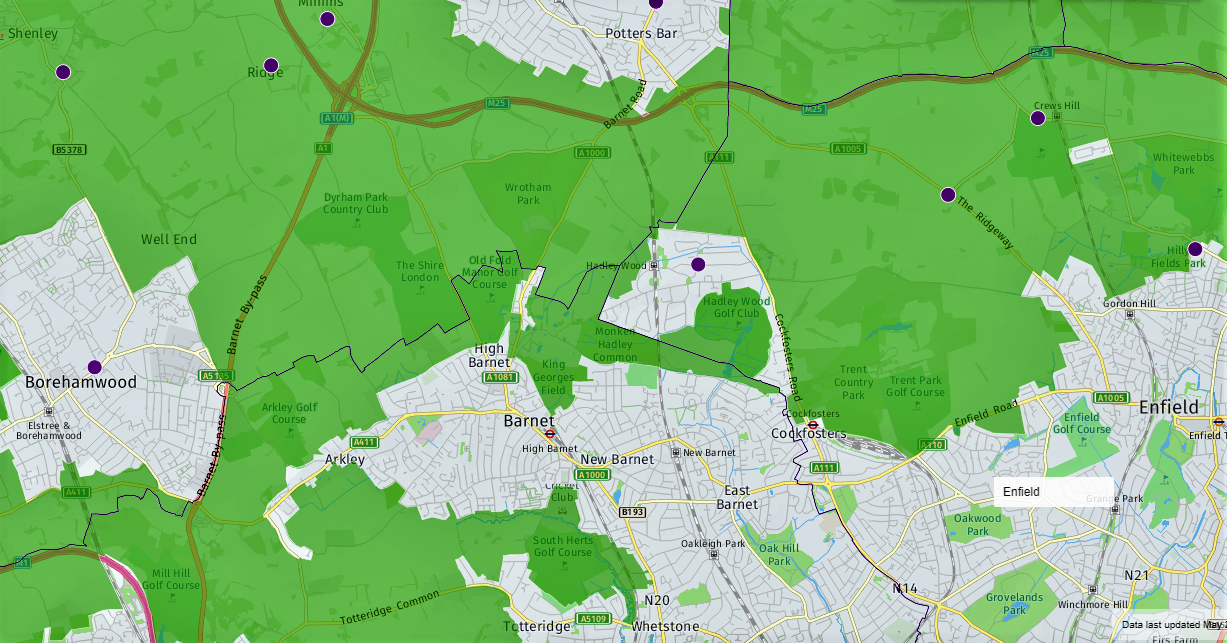
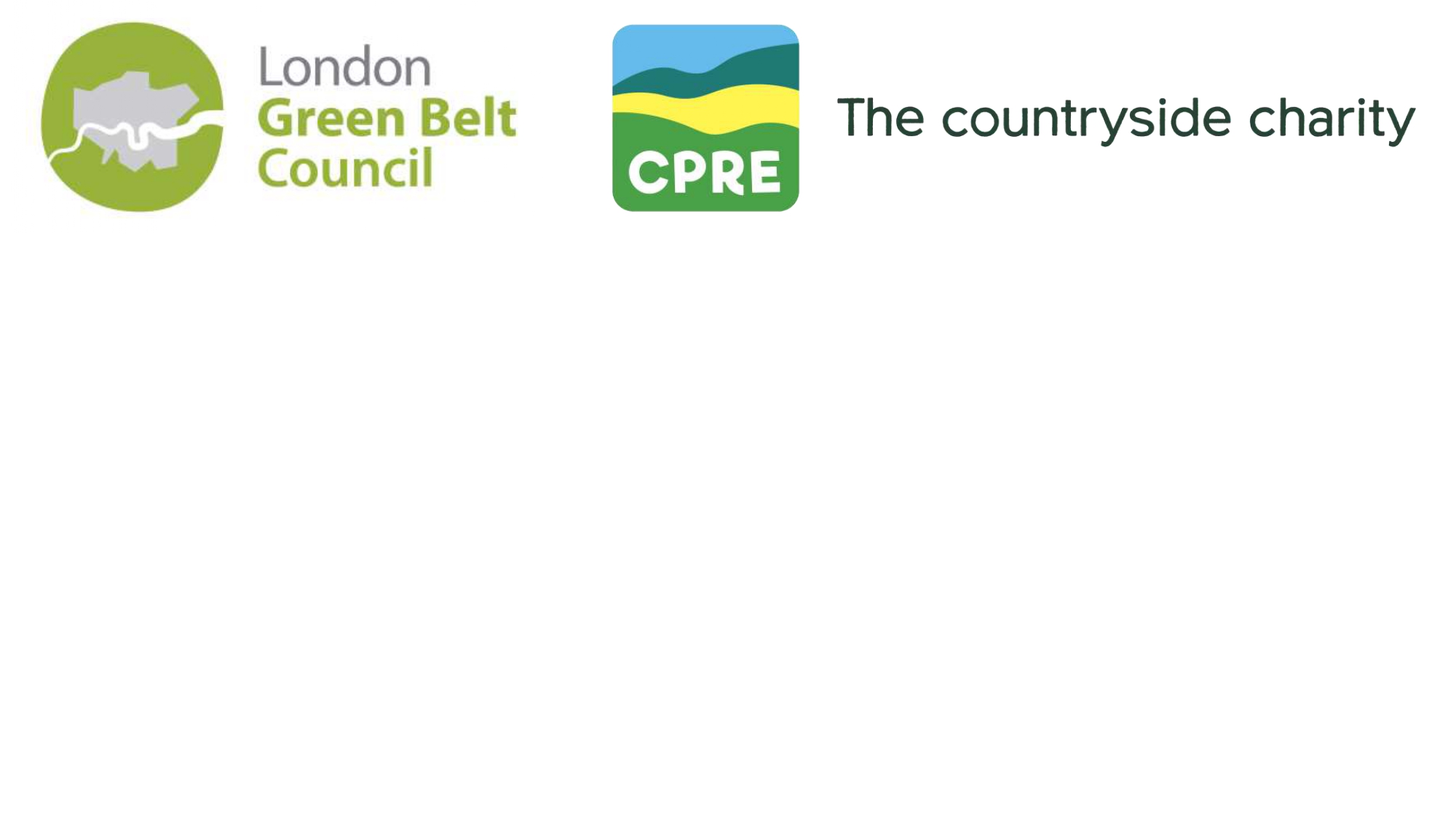
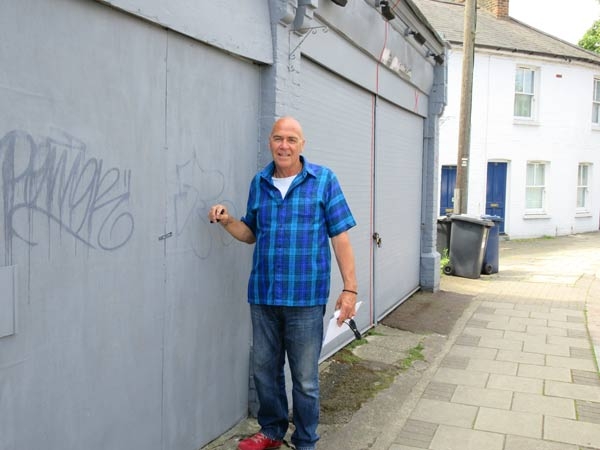
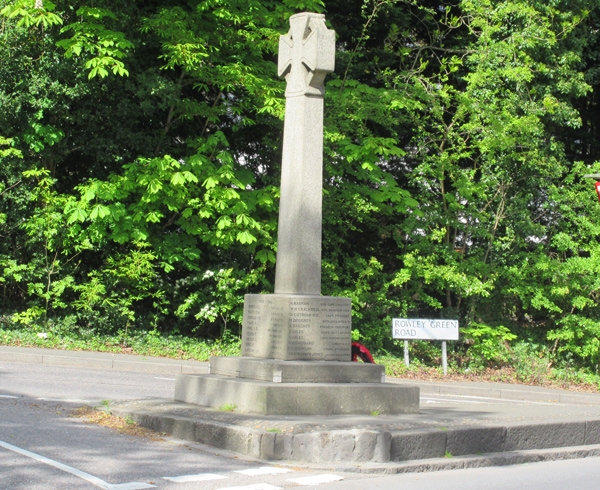
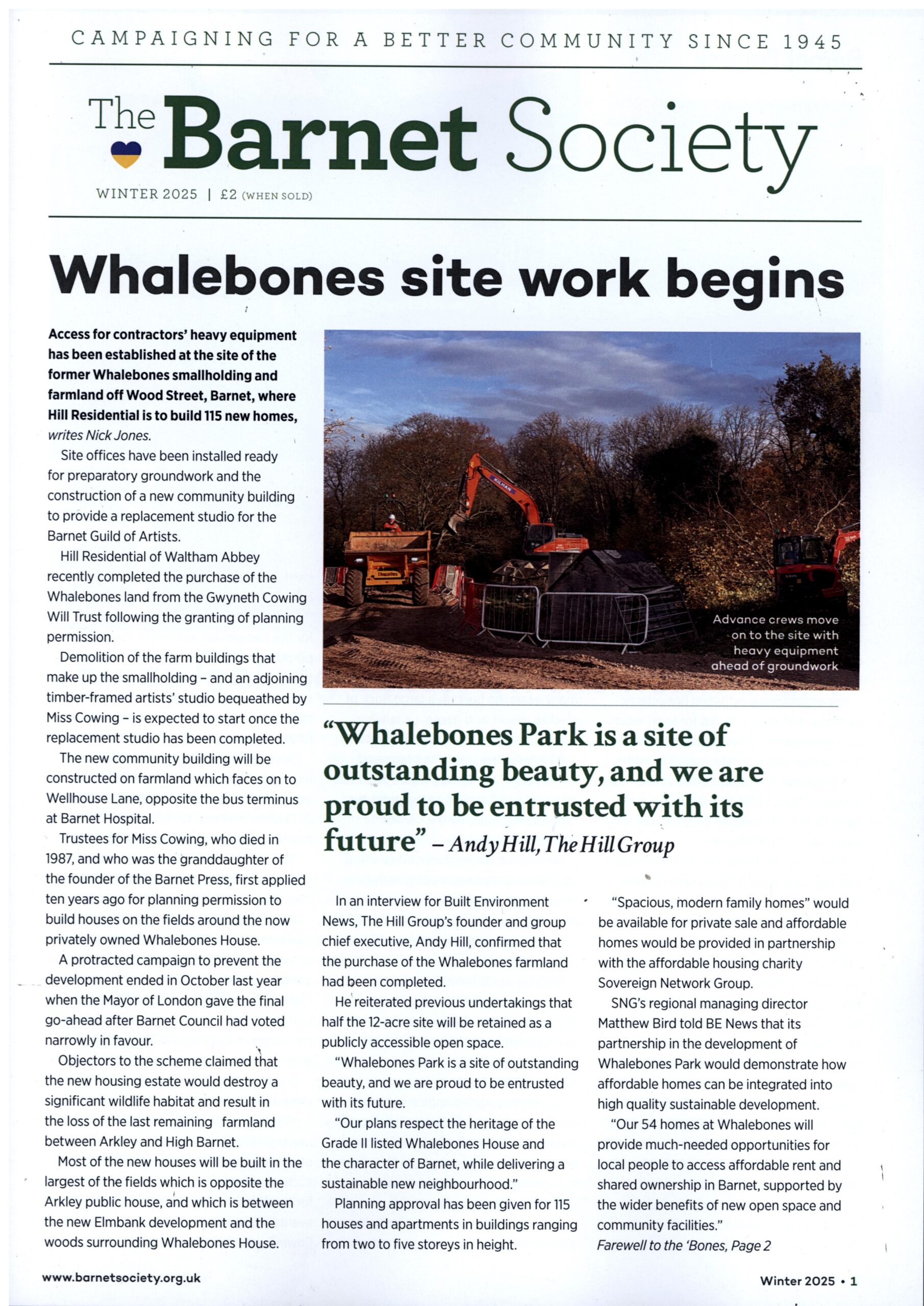
Robin Bishop posted a comment on Public consultation on proposed new house in Christchurch Lane spinney
Tom posted a comment on Public consultation on proposed new house in Christchurch Lane spinney
TERENCE DRISCOLL posted a comment on Years of neglect prompting residents’ bid to get Barnet’s former Quinta Youth Club registered as asset of community value
Disgruntled Resident posted a comment on Sad loss of an imposing Victorian villa built when New Barnet was developed after the opening of its main line railway station